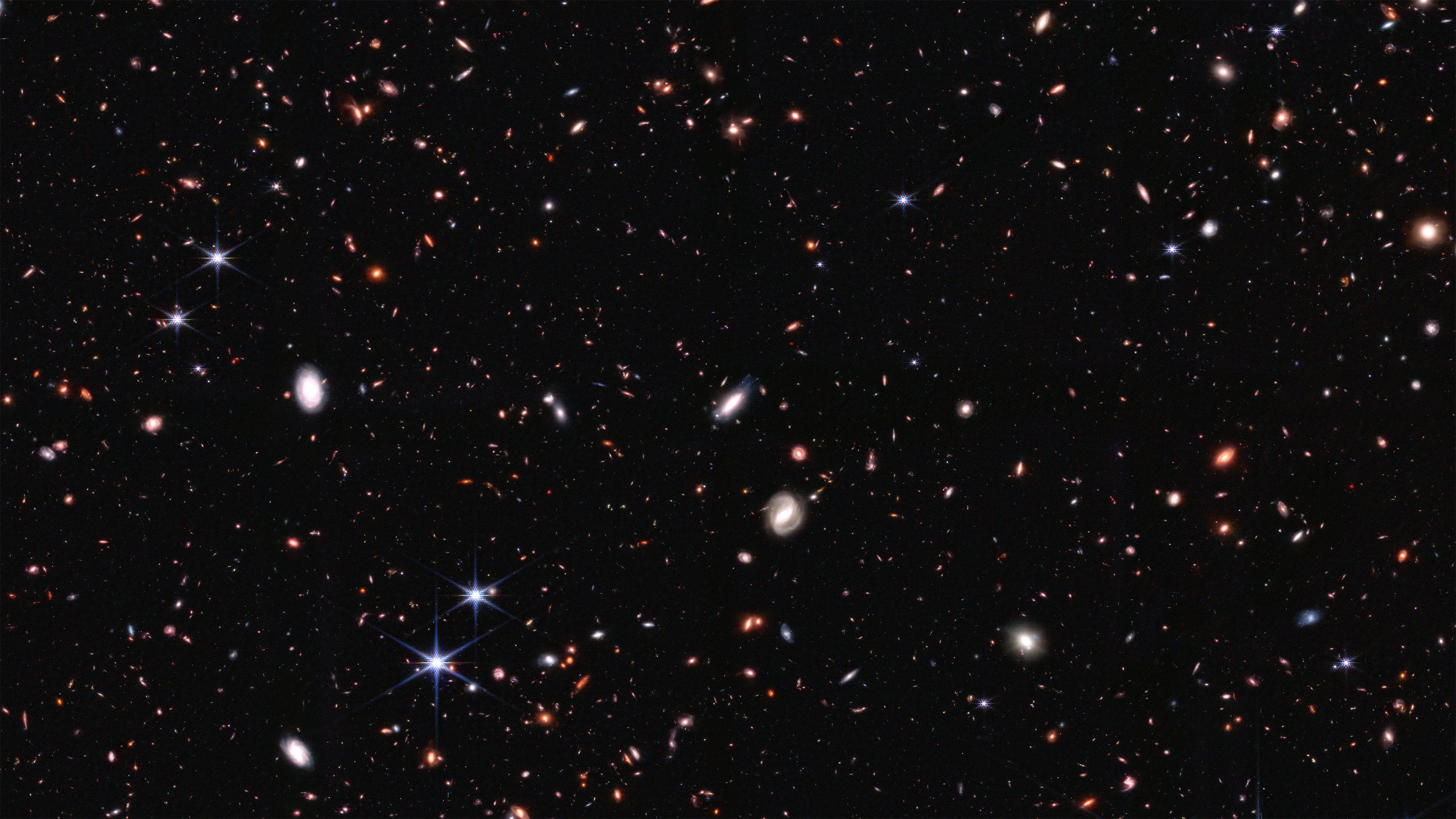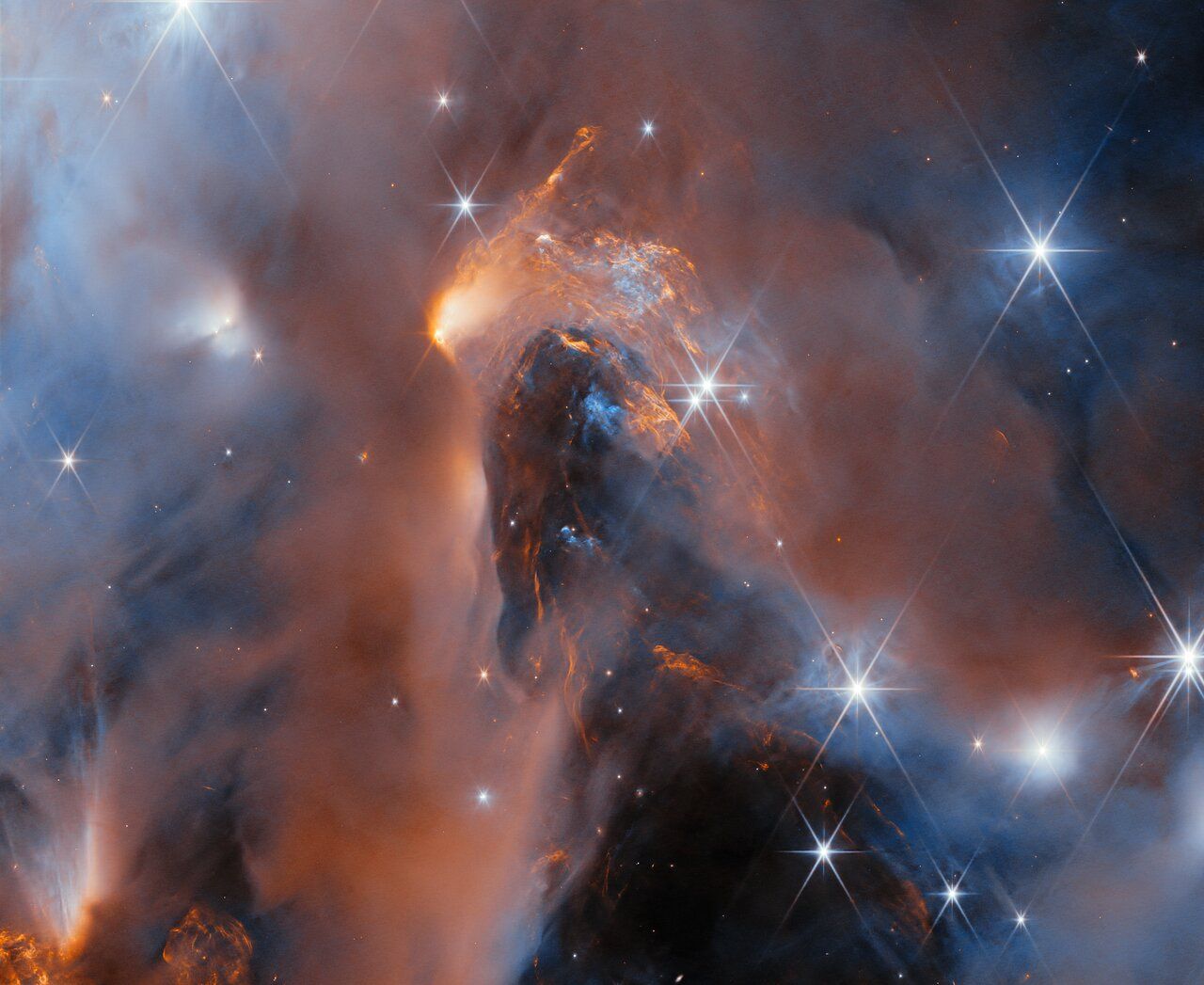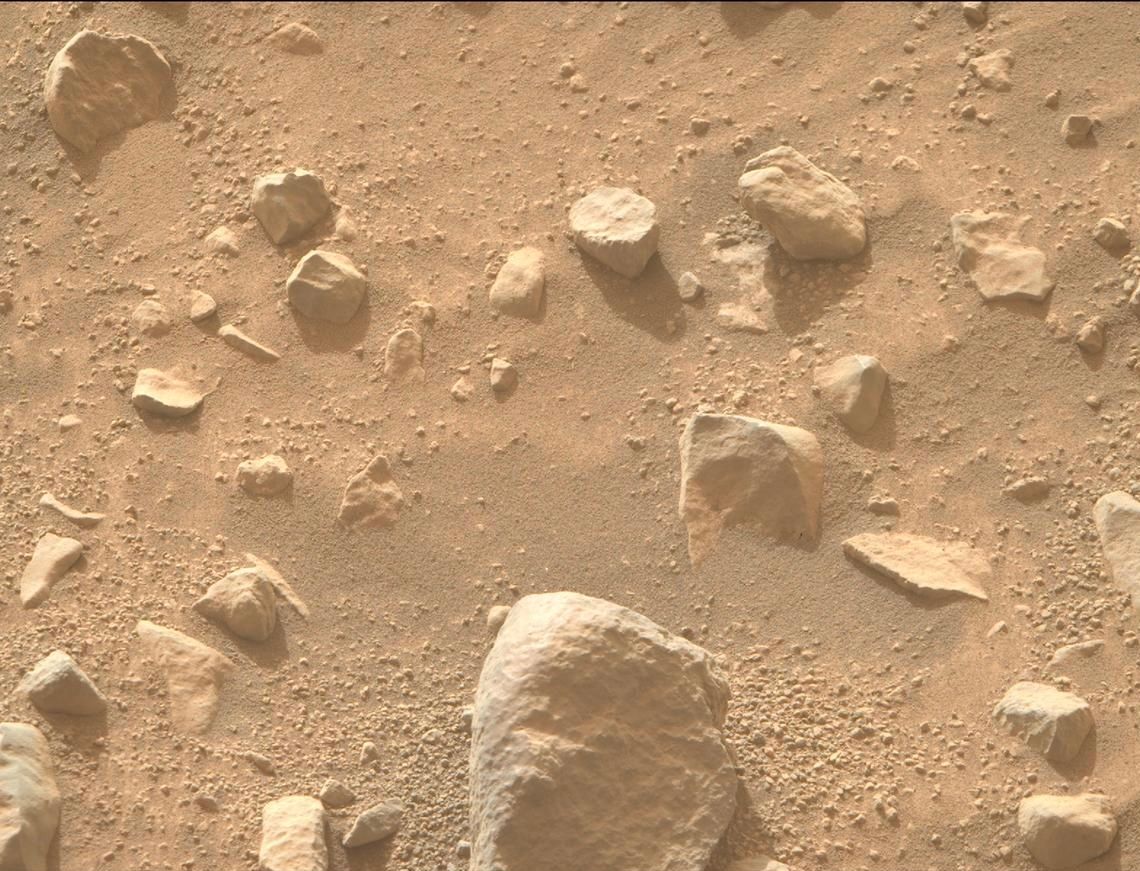It seems that “trial and error” is this week’s theme in space, with both American and Japanese space companies suffering major setbacks. But NASA added a silver lining to that cloud, making new discoveries and beaming back magnificent images from space.
Three Things That Happened This Week
This week’s space news has emphasized the difficulty of space exploration and travel.
Japan Ends Moon Exploration
The Japan Aerospace Exploration Agency (JAXA) has ended its lunar mission after losing contact with its investigative spacecraft.
The Smart Lander for Investigating the Moon (SLIM) achieved Japan’s first-ever soft moon landing in January, making it the fifth country to reach this milestone. While SLIM’s touchdown was remarkably accurate in terms of positioning, it landed in such a way that its solar panels faced the wrong way, meaning it lacked the power it needed to function correctly and struggled to withstand the moon’s freezing temperatures.
SAXA has yet to announce any plans for future missions, stating only that “a detailed summary of SLIM’s achievements will be compiled and reported separately in due course.”
Read More: JAXA
SpaceX’s Polaris Dawn Launch Delayed
Originally scheduled for launch on the morning of Aug 26 (last Monday), the Polaris Dawn mission will carry four people to Earth orbit in a Crew Dragon capsule. However, additional checks, a helium leak, and unfavorable weather mean that (as of Aug 30) the mission has yet to get underway, with a new date yet to be announced.
Polaris Dawn is set to be a groundbreaking venture, with billionaire entrepreneur Jared Isaacman and mission specialist Sarah Gills hoping to conduct the first-ever privately funded spacewalk. What’s more, the Dragon will ascend to around 870 miles, which will be the highest crewed flight since the Apollo missions.
Read More: Space.com
Falcon 9 Booster Landing Failure
Undeterred by its delayed Polaris Dawn mission, SpaceX proceeded with its plan to send 21 Starlink satellites into orbit from Florida on Wednesday morning. The company faced another setback, though, when the vehicle’s first stage booster crashed as it attempted to land on the company’s droneship barge. Videos showed flames underneath the rocket as it neared touchdown before it tipped over and plunged into the Atlantic Ocean.
Although the satellites successfully reached their orbit, SpaceX canceled plans for a second Starlink launch from California on the same day. Although this incident ends an impressive streak of 267 stage-one re-landings for SpaceX, Musk’s firm remained buoyant, announcing that it will share a new target launch date when available.
Read More: CBS
Three of the Week’s Coolest Pics
Choosing three images for this week’s pics was very difficult! The James Webb Space Telescope (JWST) and NASA’s Perseverance are giving us so many spectacular views of space that it’s hard to keep up! Anyway, here are three of the best.
JWST Image Unveils New Knowledge
Every point of light in this image is a galaxy. However, they might not be as big as scientists first thought. As NASA’s Web Mission Team stated, “Some galaxies appeared to have grown so massive, so quickly, that simulations couldn’t account for them.” This put a large question mark over the standard model of cosmology, the theory that explains how our universe was formed after the Big Bang. Now, a study in the Astronomical Journal reveals that black holes in the center of these galaxies make them appear much bigger than they really are. The black holes are consuming gas so quickly that the resultant friction emits heat and light, which explains why astronomers were confused by the cosmic bodies’ unusual appearance.
Read More: NASA
The Perseus Molecular Cloud
Staying with the JWST, this spectacular mosaic of images reveals the star-forming cluster, NGC 1333. Located around 960 light-years from Earth, this nebula sits within the Perseus molecular cloud. The dimmest points of light are newly born brown dwarfs, said to be similar in mass to giant planets, while the brighter points of light are young stars that might eventually produce planetary systems in the same way that our own Sun did. The orange clouds are plumes of gas, representing what scientists believe to be a very active star-formation region.
Read More: ESA
Rounded Rocks on Mars
A little closer to home, this picture, captured on Aug 28, shows the rounded rocks of Mars—a reminder that the planet was once adorned with moving liquid water. Some of that water dissipated when the planet lost its atmosphere, but scientists have recently discovered liquid water as deep as 13 miles below its surface. This has led experts to believe that water flowed across Mars until around three billion years ago.
Read More: BBC Sky At Night
Three Things to See Next Week
Next week presents some of the best opportunities to see our neighbors.
Tuesday: New Moon Means Darker Skies
If the weather forecast is favorable, Tuesday night will be a good night to do a spot of stargazing. The moon’s position directly between Earth and the Sun means that only its dark side will face our planet. In other words, the illuminated side will directly face the Sun. Often a thorn in stargazers’ sides, the moon being in its invisible phase will mean that you’ll be able to appreciate a darker sky at a time of the year when there’s plenty to see, unhindered by natural light pollution.
Thursday: Mercury and Venus
On Thursday, Mercury will reach its greatest elongation in the early hours of the morning. In fact, Mercury will be visible to the east at dawn through most of September. You won’t need any special equipment (other than an alarm clock!) to see this planet—it will appear as a bright point with a slightly red tinge.
On the evening of the same day (around half an hour after sunset), you’ll be able to see Venus near the 5% waxing crescent moon. If you’re lucky enough to have favorable conditions, you’ll be able to appreciate just how bright the planet appears to us on Earth. This is primarily because it orbits the Sun closer to Earth than any other planet, and its thick clouds reflect the sunlight.
Sunday: Saturn in Opposition
On Sunday, the Earth will sit directly between the Sun and Saturn. This means that the planet will be completely sunlit, and you’ll be able to see it appearing as a yellow dot with the naked eye, as it reaches around 30° altitude when due south. Use a decent pair of binoculars if you want to make out its oval form caused by its rings, though you’ll need at least a four-inch telescope to see the rings themselves. However, the best time to see Saturn’s rings through your telescope is the days leading up to the planet’s opposition, though their current tilt means that they’ll be difficult to see clearly.







